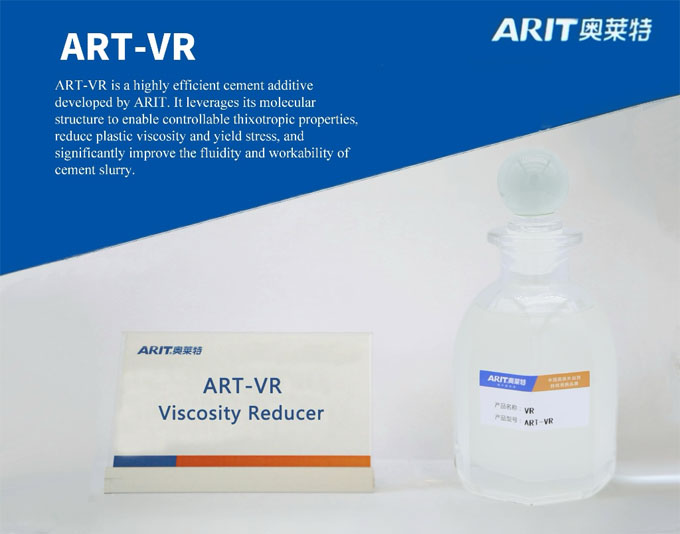Viscosity-decreasing agents—also known as viscosity modifiers or viscosity-modifying admixtures (VMAs)—play a crucial role in modern concrete technology. These specialty chemicals are designed to reduce the viscosity of fresh concrete mixes, providing improved flow and workability without the need to add more water. That means enhanced performance, durability, and efficiency, especially in demanding applications like high-strength or self-compacting concrete.
Viscosity-decreasing agents are usually water-soluble polymers or colloidal suspensions that, when added in small amounts, lower the internal friction between cement, water, and aggregate particles. This improves flow behaviors while keeping the mix cohesive and structurally sound—unlike simply pouring water, which can compromise strength and lead to defects. [1]

One major challenge in high-performance concrete is its low water-to-cement ratio, which can lead to a thick, difficult-to-pump consistency. Viscosity-decreasing agents thin the mix just enough to facilitate ease of pumping through pipes and complex pipelines. And they prevent blockages and reduce pump wall friction through a natural lubricating effect—making high-pressure pump operations smoother and more efficient. This capability supports efficient placement of concrete in complex structural pours and long-distance applications.
Traditionally, operators added more water or fillers to achieve desired fluidity—often weakening concrete. Viscosity-decreasing agents offer an ideal alternative by maintaining optimal water-cement ratios, thus preserving compressive strength and enhancing flow through micro-thinner viscosity control, not dilution, keeping form-strength intact. This strategy is especially valuable in ultra-high-performance concrete (UHPC) projects where water use must be minimal.
Thick, full-bodied concrete mixes are prone to segregation (coarse aggregates settling) and bleeding (water rising to the surface). Viscosity-decreasing agents help by creating a homogeneous paste around aggregates, binding them together and suppressing bleeding and water film formation—essential for strong, defect-free surfaces. This results in higher-quality finishes and greater durability over time.
Viscosity-decreasing agents open up new capabilities in concrete design, especially for:
Self-consolidating concrete: Delivering low yield stress with the right viscosity for filling dense reinforcement.
Lightweight or porous concrete: Preventing pump blockages and paste washout when using challenging aggregates .
Underwater concreting: Reducing cement bleed-off and maintaining slurry integrity in submerged pours.
Recent research demonstrates the use of naturally derived agents like starch or cane bagasse ash, which lower cost and CO₂ footprint while preserving SCC performance. [2]
To properly incorporate viscosity-decreasing agent:
Dosage precision is key—typically a small percentage of cement weight (e.g., 0.07% for welan gum). [3]
Lab and field testing is essential to balance flowability, viscosity, and strength.
Monitor rheological properties like plastic viscosity and yield stress using equipments such as slump-flow tests or viscometers.
Watch compatibility, especially in mixes with superplasticizers, low water content, or special aggregates—overdosing can overly stiffen the mix.
Viscosity-decreasing agents are game-changing enablers in advanced concrete formulations—unlocking better flow, pumpability, cohesion, and durability without compromising strength. They are essential for high-performance and specialized applications such as SCC, UHPC, and underwater concreting.
References:
[1] https://concretecountertopinstitute.com/free-training/concrete-countertop-mix-ingredients-and-admixtures/
[2] https://ijcsm.springeropen.com/articles/10.1186/s40069-024-00718-4
[3] https://www.sciencedirect.com/science/article/abs/pii/S0008884621002957